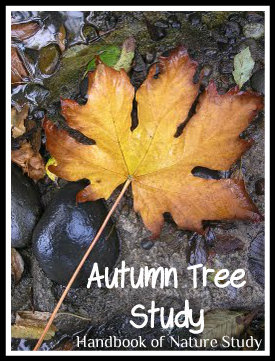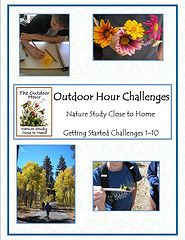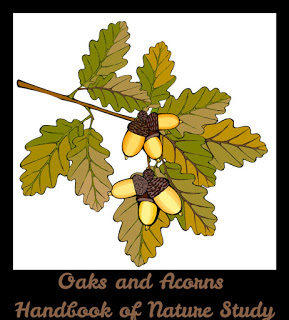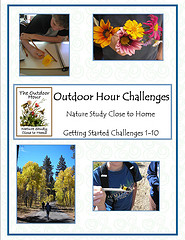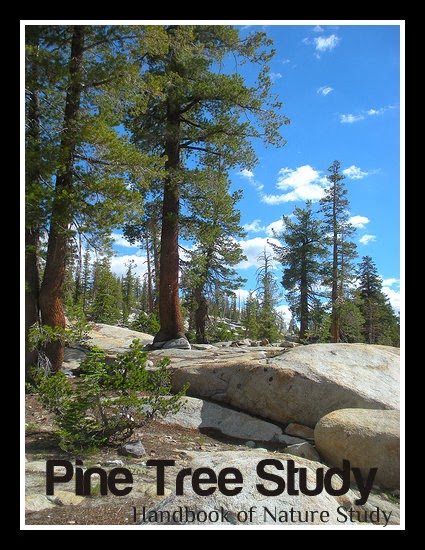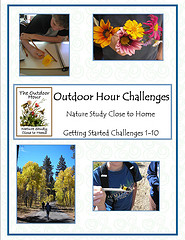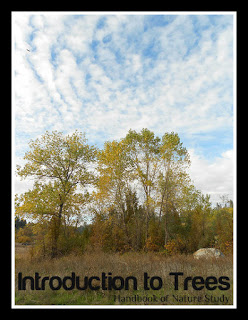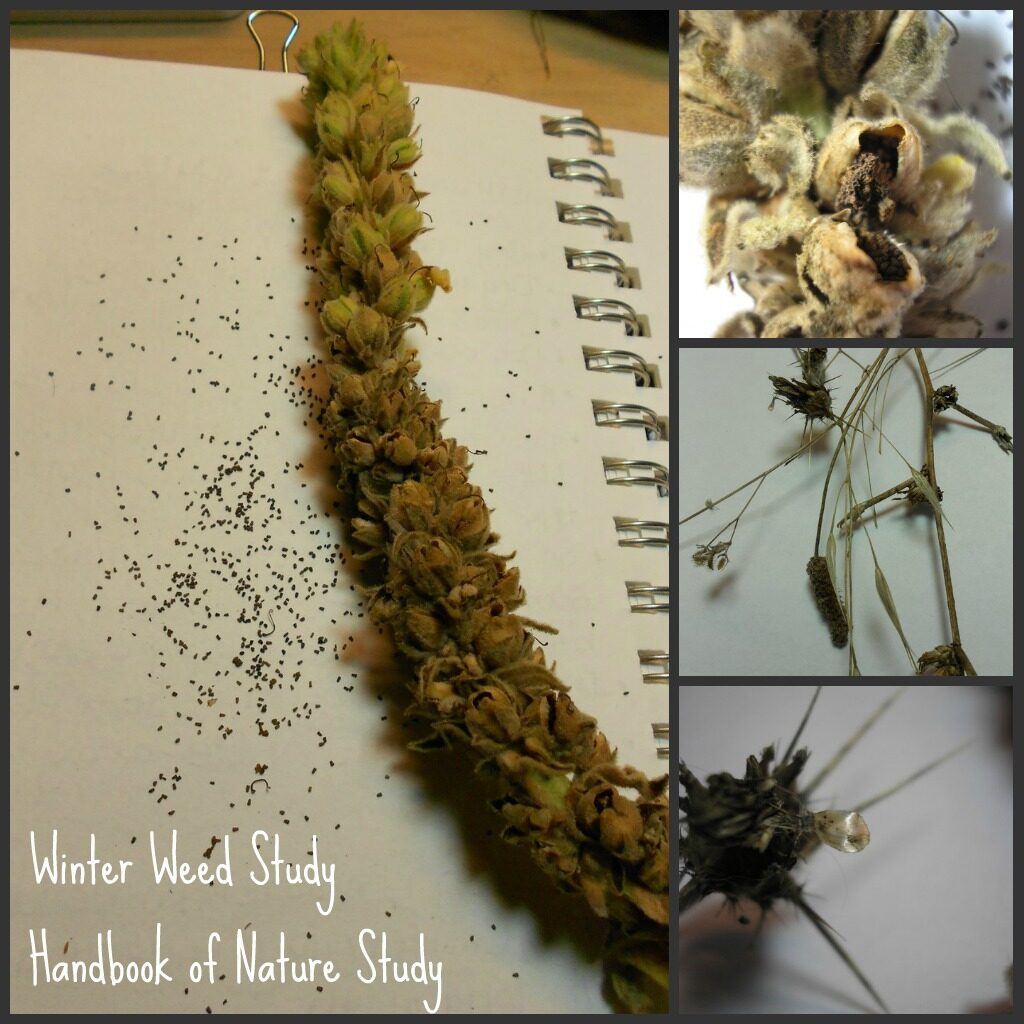This has probably been the hardest challenge for me to put together. In planning, I would start off with one idea and then realize that everyone does not have the same sort of weather at the same time and I would get overwhelmed and put the whole thing aside. I know no matter what I chose for the next two challenges that I will not be able to meet everyone’s needs.
With that in mind, I decided that this week we should all read about weather topics in the Handbook of Nature Study and then apply what we learn during our Outdoor Hour. Next week’s challenge will be the first challenge in a year long weather observation study and hopefully that should be appropriate for everyone no matter where you live or when you complete this challenge.
I hope that you all give this challenge a try and either learn something new or just enjoy your outdoor time observing the weather conditions.
I have departed from my usual format and I am going to include some YouTube videos with this post that you can choose to watch on your own or with your children. Each family can choose whether to watch the videos or not but because I am a highly visual person, I enjoy a short YouTube video to draw attention with my own boys.
How about one that explains what weather really is and what influences it.
Here is another video if you have time and want to share with your kids.
Water Cycle =video and corny song (younger children)
Outdoor Hour Challenge #39
Weather Challenge #1
“The weather is the condition of the atmosphere at the moment, while climate is the sum total of weather conditions over a period of several years.”
Handbook of Nature Study, page 780
1. Read pages 808-814 in the Handbook of Nature Study. This section describes in detail water forms found at various times during the year. Make sure to highlight or underline the sections in the text that talk about water forms that your family may experience in your local area.
“Water in its various changing forms, liquid, gas, and solid, is an example of another overworked miracle-so common that we fail to see the miraculous in it.”
2. Spend 15 to 20 minutes outdoors this week with your children in your own yard or on your own street. Make sure to take note of any clouds in the sky and try to put into words what they look like. Use words like fluffy, wispy, thin, dark, high, low, and any other terms you can remember from the links above or from the Handbook of Nature Study.
If your area is experiencing some type of precipitation, try to still go outdoors for a few minutes. Bundle up or put on a hat and rain boots.
- See if you can find a puddle or a patch of ice or snow and take your time to observe what you can about it.
- Is it windy during your outdoor time?
- See if you can figure out which direction the wind is coming from and how strong it is.
- Does it move the leaves or the branches on a tree?
- Do you see a flag that is rippling in the wind or is it straight out?
- If you have a thermometer, you can note the temperature.
3. To follow up your outdoor time, spend a few minutes discussing what you experienced with your children. Find out if they have any questions about the weather that you can research together this week. The Handbook of Nature Study includes numerous specific weather related activities that will help demonstrate weather concepts for your children.
You can pick any of the activities from the pages we read this week in the Handbook of Nature Study.
4. The nature journal this week can be filled with their observations about the weather and drawings of the clouds or precipitation that they encounter during the Outdoor Hour Challenge.
You are welcome to submit any of you blog Outdoor Hour Challenge blog entries to the Outdoor Hour Challenge Blog Carnival.
You may also be interested in purchasing a complete weather lapbook from my daughter over at Hearts and Trees. The lapbook includes: a winter nature journal, kinds of clouds, moon log, weather words, wind scale, weather record, weather forecasting, and space for your own weather poem. All for $2.95.




